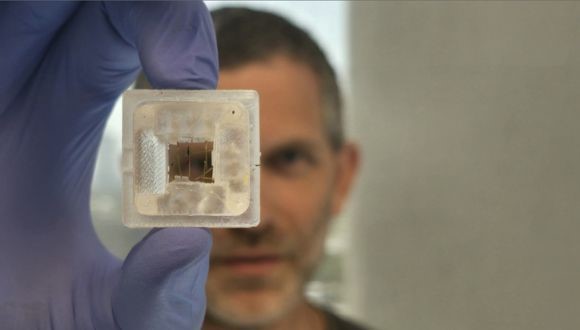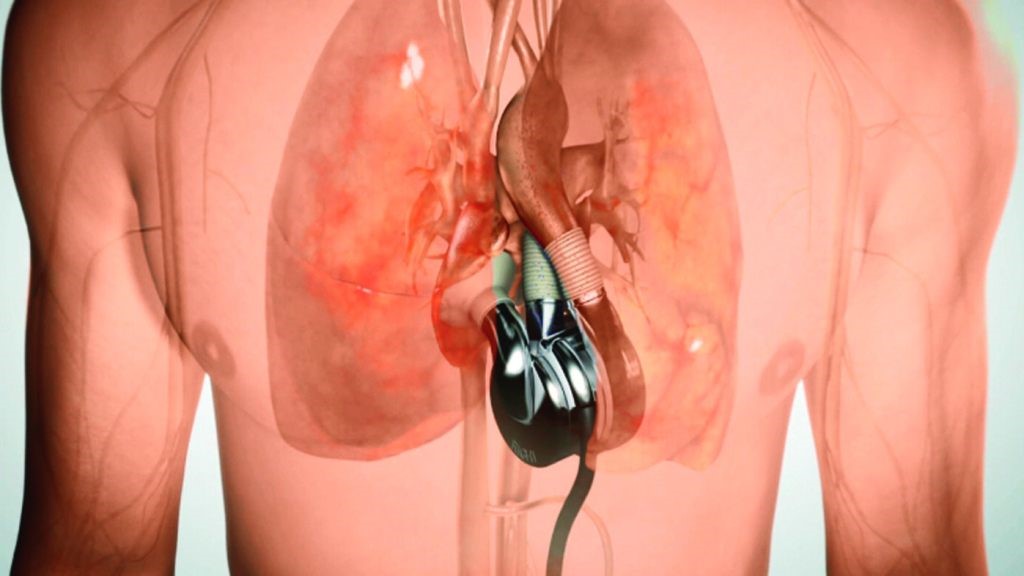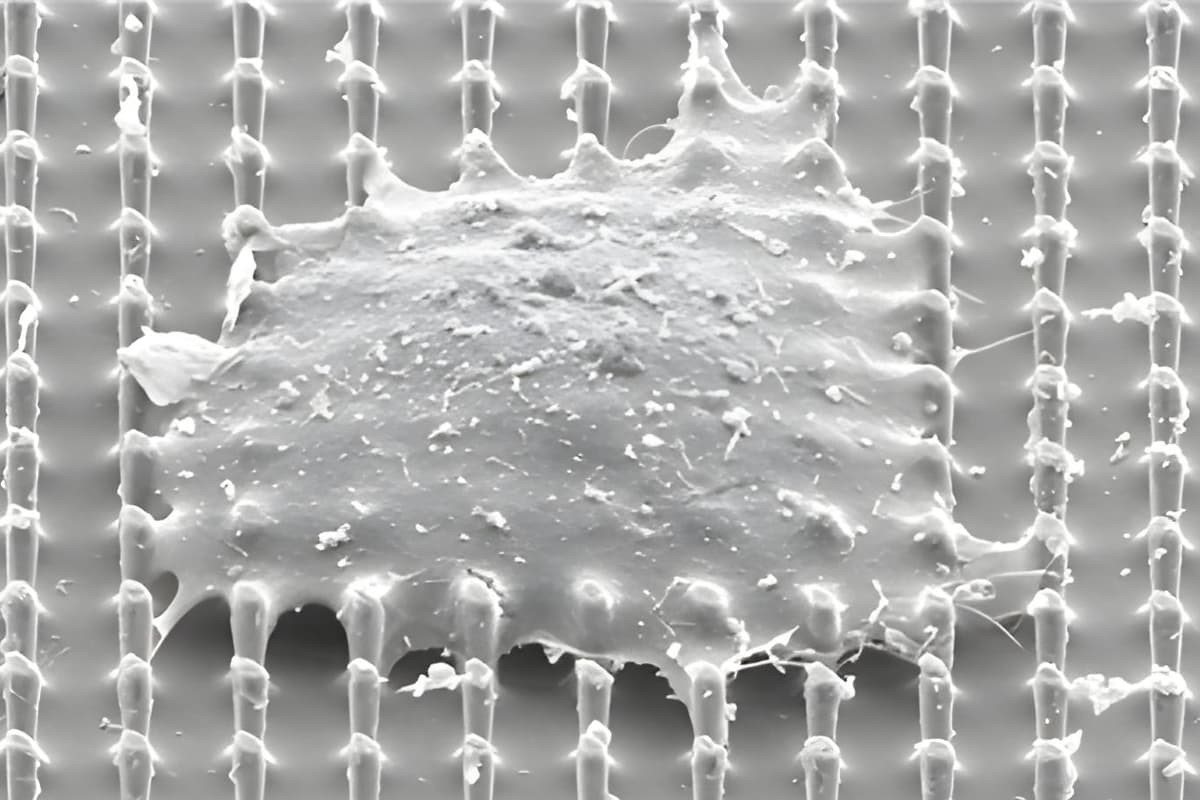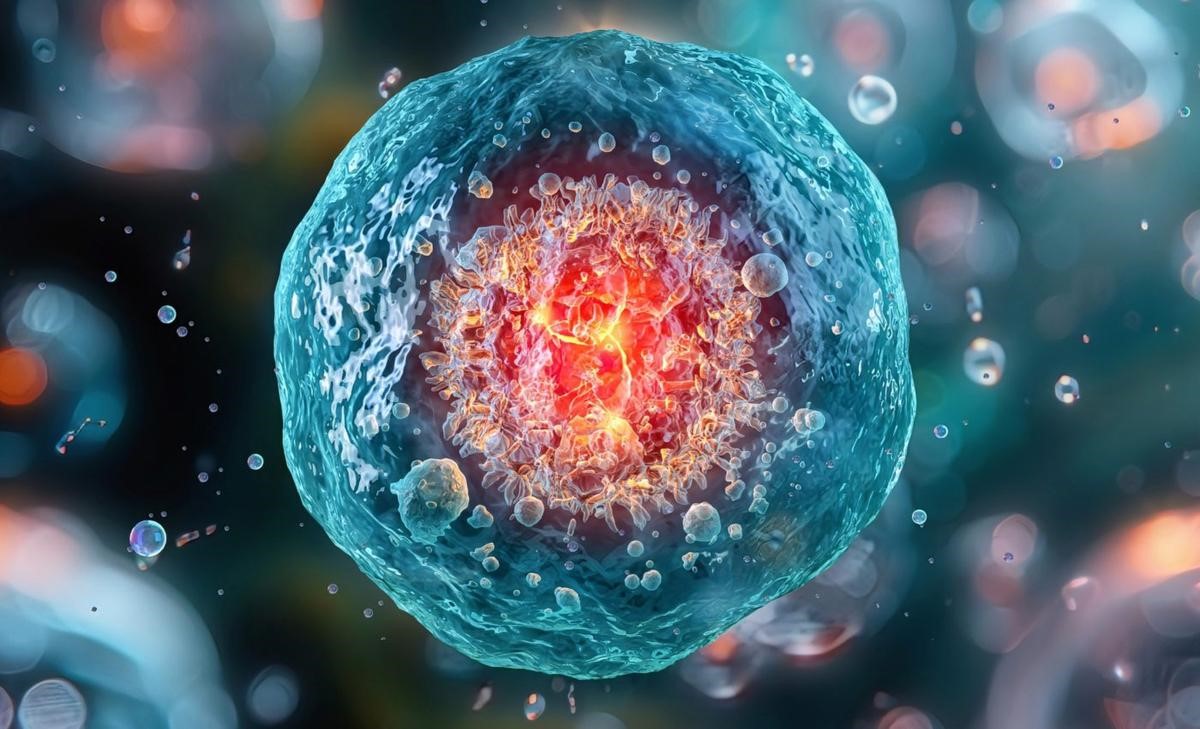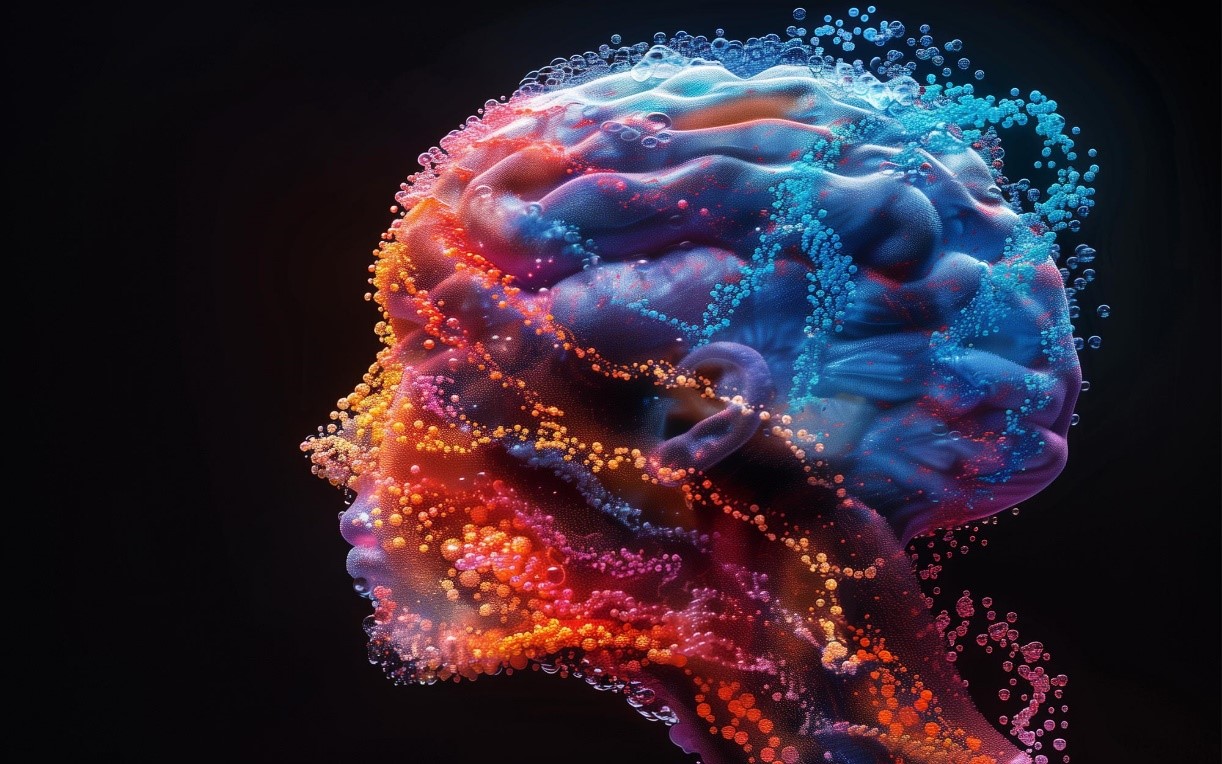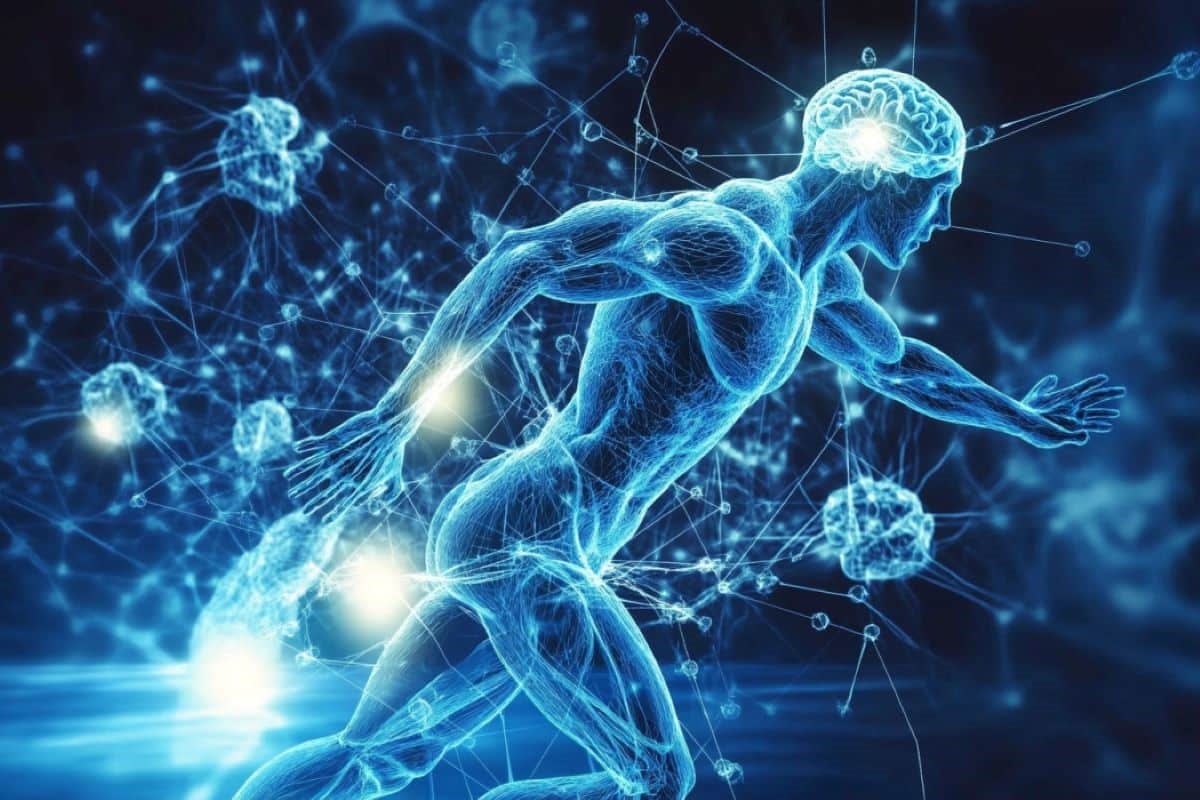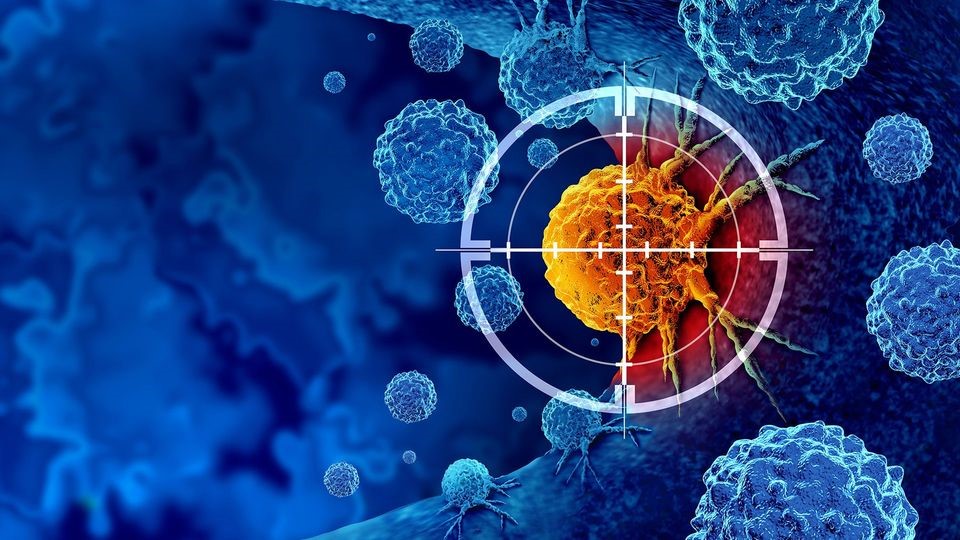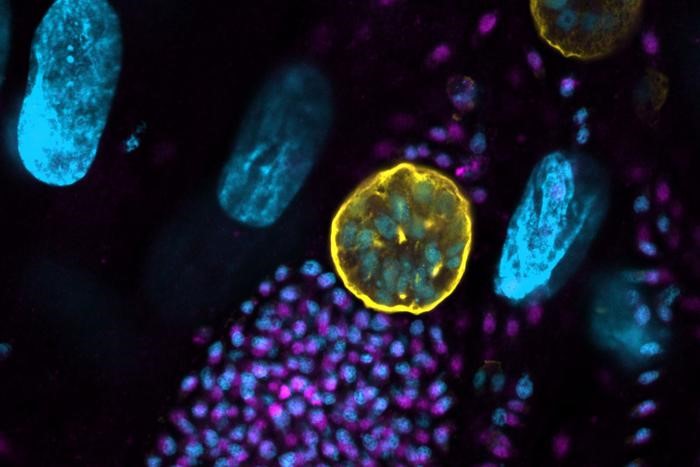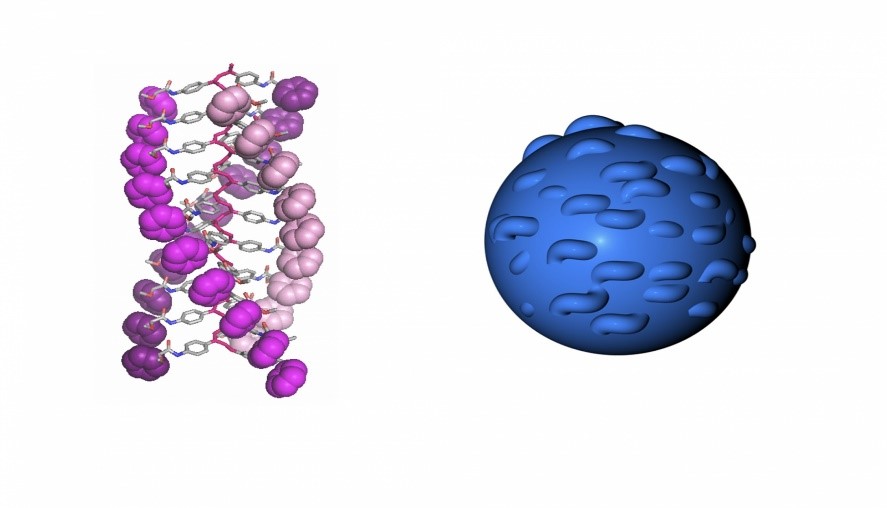Discovery Of a Novel Cell Type with Potential to Enhance Tissue Repair
According to new research, a newly discovered cell that develops into two specialized cell types—an immune cell involved in tissue repair and a cell that forms blood vessels—greatly enhances wound healing. This discovery could be a breakthrough for individuals suffering from chronic, slow-healing wounds.
Progenitor cells are the offspring of stem cells and share the ability to differentiate into different cell types. However, unlike stem cells, progenitor cells are more limited in their versatility, as they can only mature into cell types within the same tissue or organ. Some progenitor cells differentiate into a single "target" cell type, while others are bipotent, meaning they have the capacity to develop into two distinct cell types.

Figure 1. Scientists Have Identified a New Type of Progenitor Cell
The main function of progenitor cells is to replace dead or damaged cells, making them essential for tissue repair following injury and for ongoing tissue maintenance. Recent research led by the South Australian Health and Medical Research Institute (SAHMRI) has uncovered a completely new type of bipotent progenitor cell with the potential to enhance the healing process.Figure 1 shows Scientists Have Identified a New Type of Progenitor Cell.
"These [progenitor] cells play a crucial role in helping grow blood vessels when the body needs them," said Dr. Sanuri Liyange, co-lead author of the study. "They are triggered by injury or poor blood flow, at which point they rapidly multiply to support the healing process."
The newly discovered progenitor cell, found in the outer layer of the aorta in adult mice, differentiates into both endothelial cells and macrophages. Researchers have named it the ‘EndoMac’ progenitor. Endothelial cells form a single-cell layer lining all blood vessels, acting as a barrier and regulating exchanges between the bloodstream and surrounding tissues. They also send signals to guide the growth and development of connective tissue cells that form the surrounding layers of blood vessel walls. Macrophages, on the other hand, are white blood cells that engulf and destroy microorganisms, clear away dead cells, and activate other immune cells.
After isolating the cells and cultivating them into colonies, the researchers tested them on diabetic mouse models with wounds that typically wouldn’t heal or would take an extended time to do so.
“When we transplanted these progenitors into diabetic wounds, we observed a remarkable improvement in healing within days,” said Liyange. “In theory, this could revolutionize treatment for patients suffering from chronic wounds.”
The researchers are now building on this study by investigating the potential of EndoMac cells to heal skin and muscle tissue. They are also working to identify a human equivalent of the cell.
“We’re excited to further explore the capabilities of these cells,” said Liyange. “It’s still early, but the potential implications are huge. This discovery marks a major step forward in our understanding of blood vessel regeneration and could lead to more effective treatments that enhance the body’s natural healing processes and maintain function over time.”
SAHMRI collaborated with the University of Adelaide, the Baker Institute, and La Trobe University on the study, which was published in Nature Communications.
Source: SAHMRI
Cite this article:
Janani R (2024), Discovery Of a Novel Cell Type with Potential to Enhance Tissue Repair,AnaTechMaz, pp. 261




